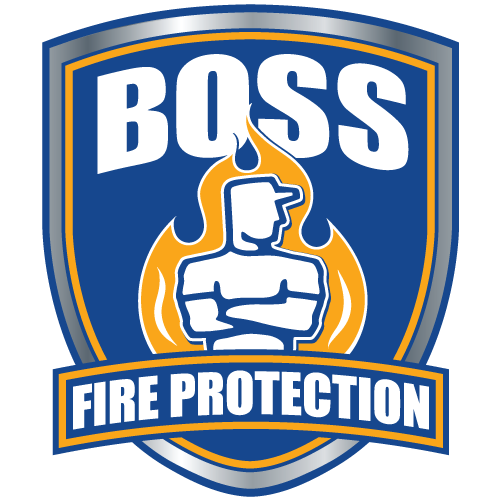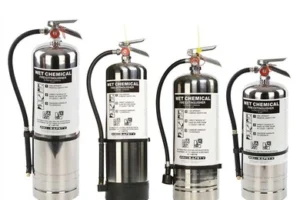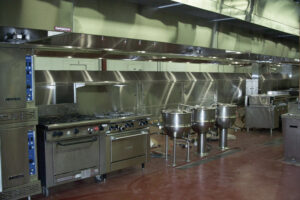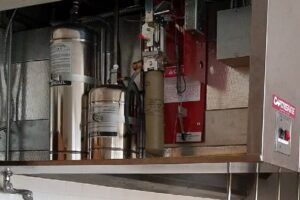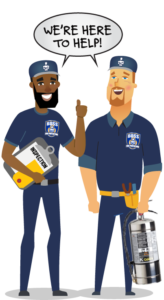Your Safety, Your Business: Mastering Your Fire Extinguishers to Ensure Maximum Protection
In this edition of the Boss Fire Protection Newsletter, we’ll delve into the vital aspects of fire extinguishers: their correct placement, the right numbers, and the essential codes that accompany them. We aim to provide valuable insights for your operation, so let’s get right into it:
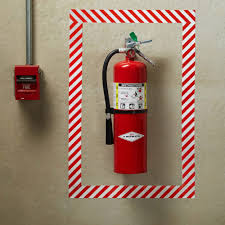
1. Proper Placement of Fire Extinguishers
Ensuring fire extinguishers are strategically placed throughout your facility is fundamental for fire safety. Here are some key locations to consider:
A. In kitchens and cooking areas: These are high-risk zones, and having an extinguisher nearby is crucial to address potential cooking fires quickly.
B. Near exits and escape routes: Fire extinguishers should be strategically located along paths of egress, ensuring that personnel can access them during an emergency.
2. Determining the Right Number of Fire Extinguishers
a. In offices and small businesses: It’s typically recommended to have at least one extinguisher per 3,000 square feet of space.
b. Industrial and high-hazard areas: Follow the specific requirements outlined by your local fire safety regulations, which consider factors like occupancy type, fire load, and hazard levels.3.Deciphering Fire Extinguisher Classification Codes
Understanding fire extinguisher labels is critical, as they indicate the types of fires the extinguisher can combat. These codes include:
Class A: Designed for ordinary combustibles like wood, paper, and textiles.
Class B: Suitable for flammable liquids such as gasoline, oil, and solvents.
Class C: Intended for electrical fires.
Class D: Used for fires involving combustible metals like magnesium.
Class K: Specifically engineered for kitchen fires, often caused by cooking oils.
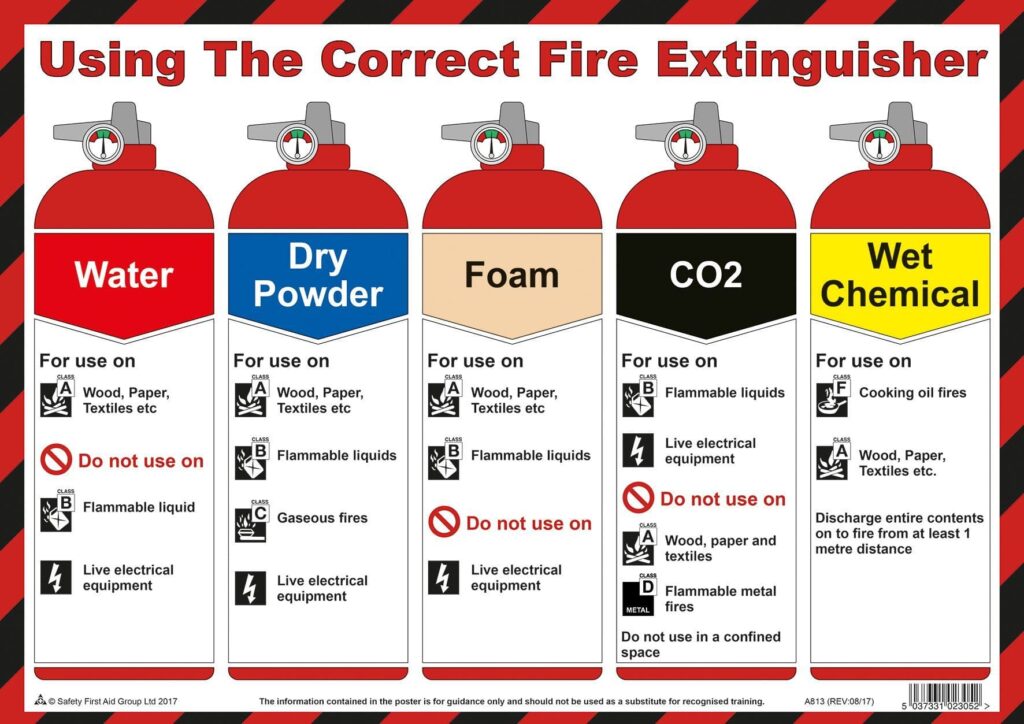
4.Selecting the Right Fire Extinguisher for the Fire Type
Matching the correct type of extinguisher to the fire is crucial. Here’s a more detailed look:
a. For Class K fires: In commercial kitchens or restaurants, it’s imperative to have Class K extinguishers on hand to address cooking oil fires effectively.
b. For electrical fires (Class C): Utilize extinguishers specifically rated for electrical fires, which are non-conductive and safe to use on live electrical equipment.
5.Regular Maintenance and Inspection Practices
Routine maintenance and inspections are vital to ensure your fire extinguishers remain in top working condition. Here’s what to focus on:
a. Pressure gauge checks: Verify that the pressure gauge needle is within the green zone, indicating proper pressure levels. If not, arrange for recharging or replacement.
b. Physical condition: Inspect for any dents, rust, or other damage that might compromise the extinguisher’s integrity.
c. Tamper seals and pull pins: Ensure that tamper seals are intact, and the pull pin is securely in place. A broken seal may indicate previous use or tampering, necessitating a thorough inspection
